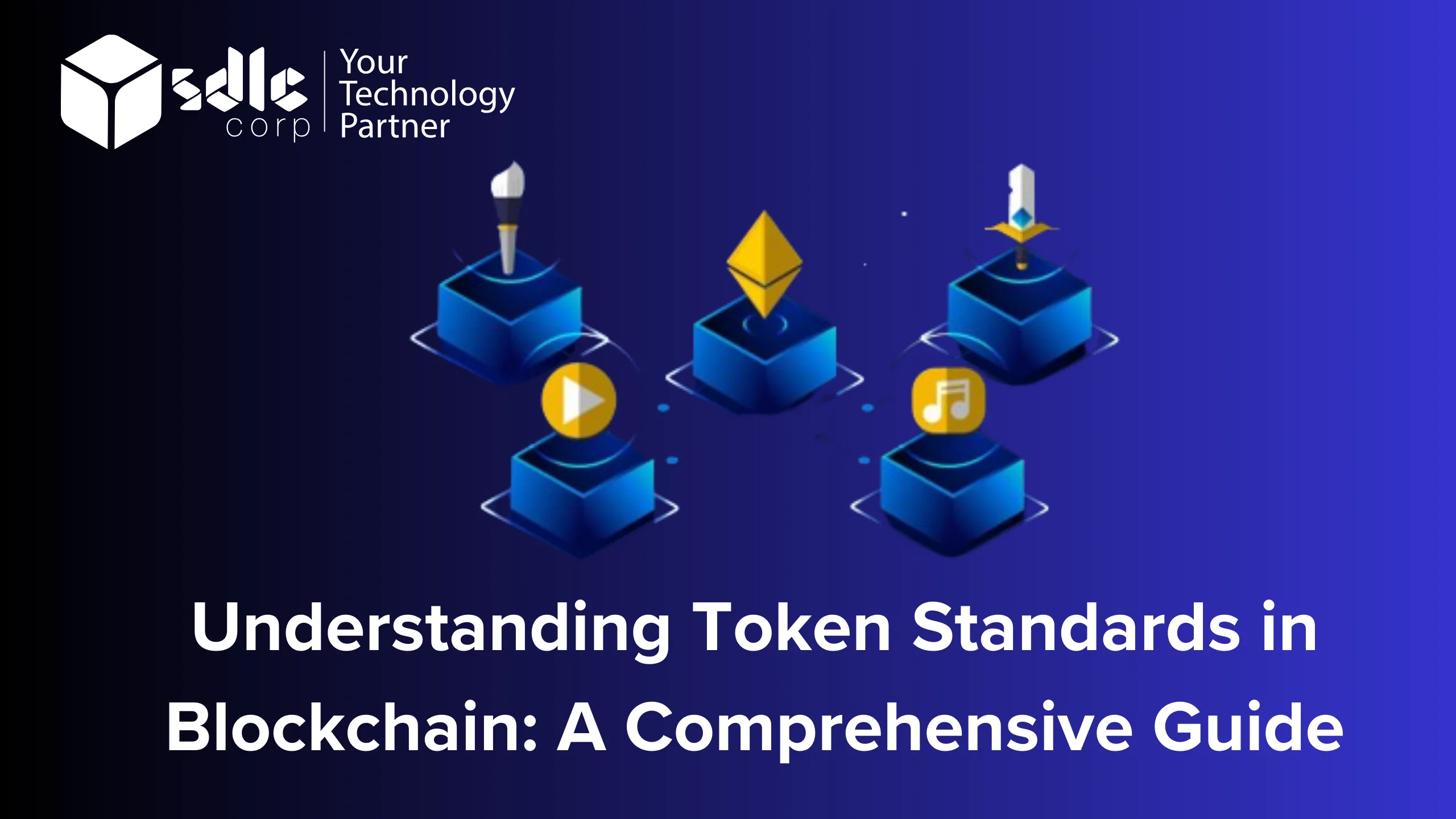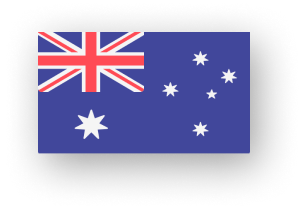Introduction
In the realm of blockchain technology, tokens serve as digital representations of various assets, rights, or utilities. Token standards are essential frameworks or protocols that dictate how these digital assets operate within their respective blockchain networks. They define rules, functionalities, and behaviors that ensure consistency, interoperability, and security across decentralized applications (dApps) and platforms. This article explores the fundamentals of token standards, their importance, and the prominent examples shaping the blockchain ecosystem today.
What are Token Standards?
Token standards are technical specifications or protocols that govern the creation, issuance, and management of tokens on blockchain platforms. They provide a structured framework for developers to create tokens that adhere to predefined rules and interfaces. These standards establish guidelines for token fungibility (interchangeability), non-fungibility (uniqueness), transferability, and interaction with smart contracts.
Importance of Token Standards
Token standards play a pivotal role in the blockchain ecosystem for several reasons:
- Interoperability: Standards like ERC-20 (Ethereum Request for Comment 20) ensure that tokens can interact seamlessly with other tokens and decentralized applications (dApps) within the same blockchain ecosystem. This interoperability fosters liquidity and efficiency in token exchanges.
- Security: By defining standardized functionalities and security measures, token standards mitigate risks associated with token creation and management. They provide a trusted framework for developers and users, enhancing confidence in blockchain-based transactions.
- Compatibility: Applications built using token standards can integrate with various blockchain services, wallets, and exchanges, enhancing usability and accessibility for users and developers alike.
- Innovation: Token standards facilitate innovation by enabling the creation of diverse token types tailored to specific use cases. From fungible tokens used in decentralized finance (DeFi) to non-fungible tokens (NFTs) representing digital collectibles, these standards unlock new economic models and digital asset classes.
Invest in the future of blockchain innovation

Prominent Token Standards
Several notable token standards have emerged, each catering to specific functionalities and use cases:
- ERC-20: The most widely adopted standard on Ethereum, ERC-20 defines fungible tokens used for ICOs, tokenized assets, and decentralized applications within the Ethereum ecosystem.
- ERC-721: Known as the Non-Fungible Token (NFT) standard, ERC-721 tokens represent unique assets like digital art, collectibles, and in-game items. Each ERC-721 token has a distinct identity and ownership, making it ideal for verifying authenticity and ownership.
- ERC-1155: Combines the capabilities of both ERC-20 and ERC-721 by allowing the issuance of both fungible and non-fungible tokens within a single smart contract. This standard is efficient for managing multiple token types and reducing blockchain bloat.
- BEP-20: A token standard on Binance Smart Chain (BSC), similar to ERC-20, facilitating the creation and management of fungible tokens on the Binance ecosystem.
Future Directions and Innovation
As blockchain technology continues to evolve, so too will token standards. Emerging standards like ERC-777 (enhanced ERC-20 functionality), regulatory-compliant token standards (e.g., security tokens), and specialized standards for specific blockchain platforms (e.g., TRC-20 on TRON) are shaping the future of tokenization and decentralized applications.
Conclusion
Token standards form the backbone of blockchain-based economies, enabling the creation, management, and exchange of digital assets with unprecedented efficiency and security. By adhering to these standards, developers harness the power of blockchain technology to innovate across industries, from finance and gaming to art and beyond. Understanding and leveraging token standards is key to unlocking the full potential of blockchain for digital asset management and decentralized applications in the global economy.















